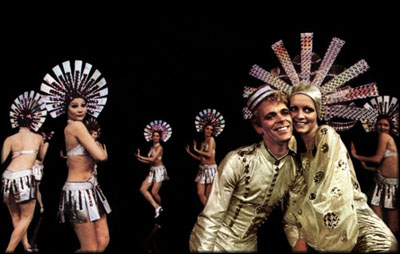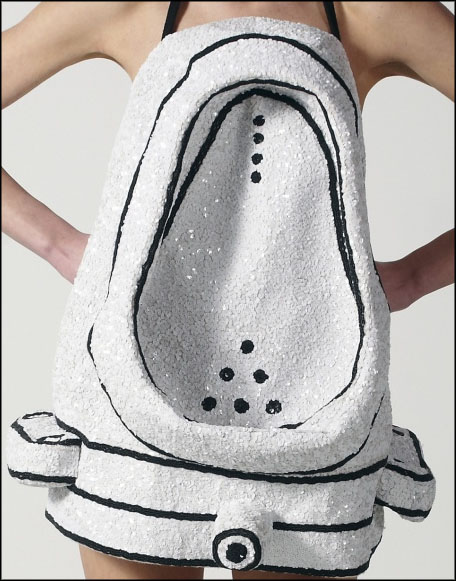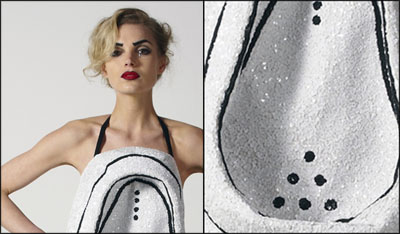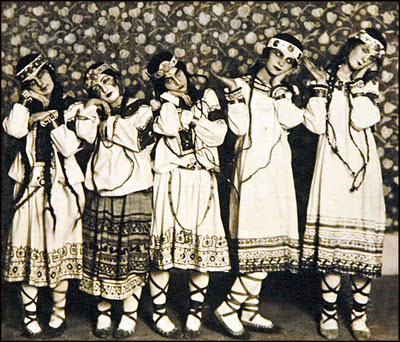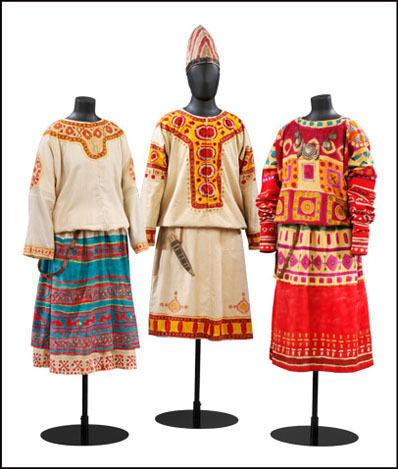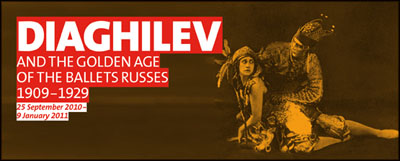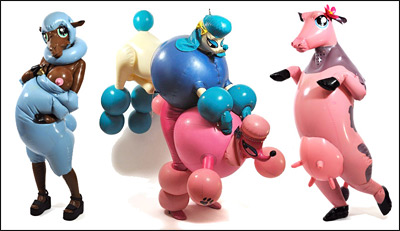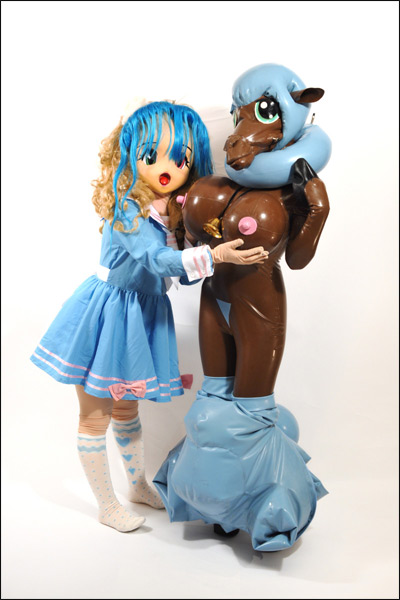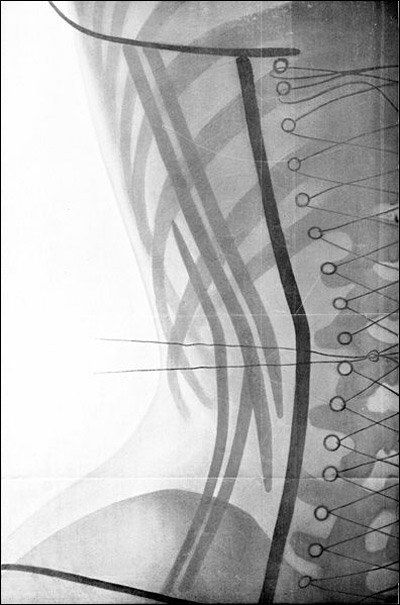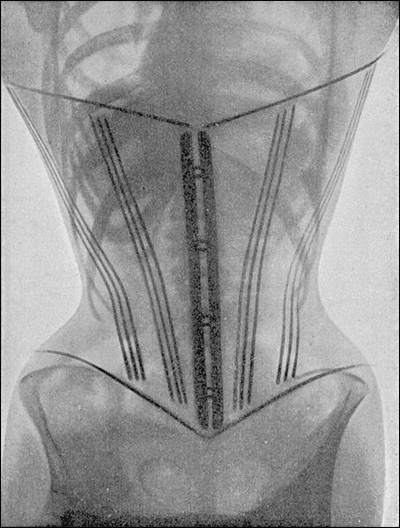Jared Joslin: Stop, Look, and Glisten

“Masquerade Ball” oil on canvas, by Jared Joslin
Jared Joslin’s paintings are gilded portals to the sensual past. Exploring his work, we encounter thriving pockets of nocturnal Weimar nightlife, Dust Bowl era carnivals, and glittering pre-code Hollywood nightclubs. Jared has said that what fuels his vision is “the feeling that you don’t necessarily fit within your own time. You’re drawn to the past in ways you can’t quite understand, but feel the pull of it and want to take on [its] dreams.” His creations truly do seem timeless, and they are dreamy indeed.
Just in time for Jared’s current solo show, “Stop, Look, and Glisten”, Coilhouse is proud to to present Part One of an in-depth interview with this remarkable painter and longtime friend. Part Two of our feature will be more lavishly presented in the impending sixth issue of Coilhouse Magazine. (Hooray, yes, it’s coming soon!)
Comrades, should you be in the Midwest between now and June 18th, be sure to stop by Firecat Projects in Chicago, Illinois. These pieces are a marvel to see in person.
The “Stop, Look, and Glisten” reception is tomorrow evening, (Friday the 27th). More info here.
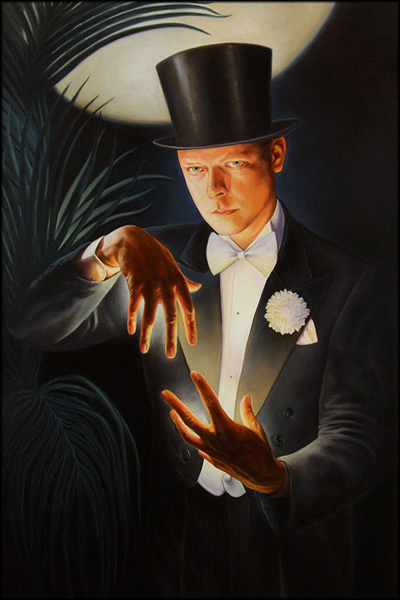
Set the tone for us, good sir. What music are you listening to? Cocktails? Is your wife (fellow artist, oft-featured friend and correspondent of the ‘Haus) Jessica nearby? What art are you working on, currently? And she?
It’s an unusually beautiful evening for Chicago. The windows are open and a lovely breeze is circulating. Fad Gadget is playing in the studio and I can hear it a tiny bit from the kitchen where I’m working. Jessica is making a good amount of ruckus, drilling holes to inset small brass balls into the horns of a circus goat. She is in the final stages of completing work for her solo show at La Luz de Jesus Gallery next month. Cocktails…yes indeed! How did you know? A lovely Sazerac Rye Manhattan is keeping my blood thin and my gears well lubed. Lately I’ve been working in the studio on some new ideas and approaches, mainly experimenting with watercolors. Currently on the easel is a watercolor painting of myself in Pierrot attire nestling against a costumed lady at a masquerade ball…



